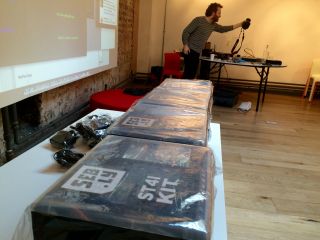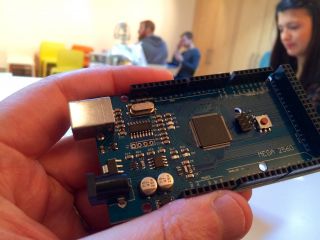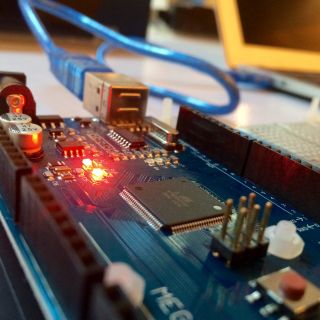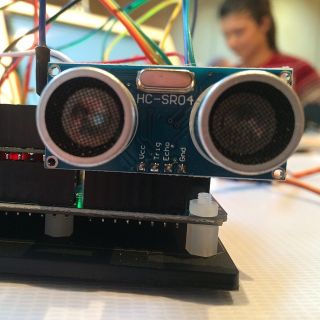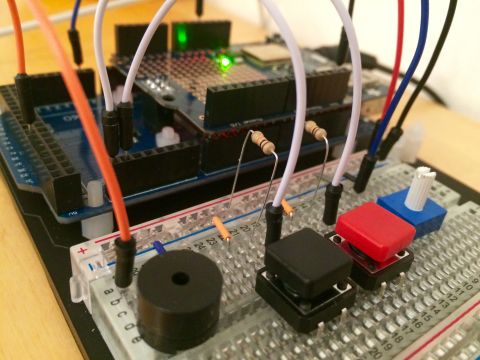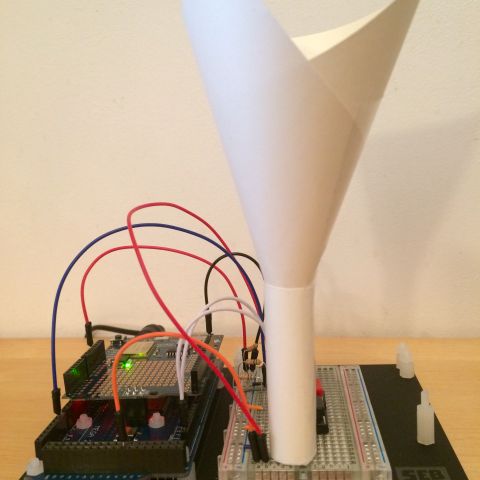In between
I was chatting with my new colleague Alex yesterday about a link she had shared in Slack. It was the Nielsen Norman Group’s annual State of Mobile User Experience report.
There’s nothing too surprising in there, other than the mention of Apple’s app clips and Google’s instant apps.
Remember those?
Me neither.
Perhaps I lead a sheltered existence, but as an iPhone user, I don’t think I’ve come across a single app clip in the wild.
I remember when they were announced. I was quite worried about them.
See, the one thing that the web can (theoretically) offer that native can’t is instant access to a resource. Go to this URL—that’s it. Whereas for a native app, the flow is: go to this app store, find the app, download the app.
(I say that the benefit is theoretical because the website found at the URL should download quickly—the reality is that the bloat of “modern” web development imperils that advantage.)
App clips—and instant apps—looked like a way to route around the convoluted install process of native apps. That’s why I was nervous when they were announced. They sounded like a threat to the web.
In reality, the potential was never fulfilled (if my own experience is anything to go by). I wonder why people didn’t jump on app clips and instant apps?
Perhaps it’s because what they promise isn’t desirable from a business perspective: “here’s a way for users to accomplish their tasks without downloading your app.” Even though app clips can in theory be a stepping stone to installing the full app, from a user’s perspective, their appeal is the exact opposite.
Or maybe they’re just too confusing to understand. I think there’s an another technology that suffers from the same problem: progressive web apps.
Hear me out. Progressive web apps are—if done well—absolutely amazing. You get all of the benefits of native apps in terms of UX—they even work offline!—but you retain the web’s frictionless access model: go to a URL; that’s it.
So what are they? Are they websites? Yes, sorta. Are they apps? Yes, sorta.
That’s confusing, right? I can see how app clips and instant apps sound equally confusing: “you can use them straight away, like going to a web page, but they’re not web pages; they’re little bits of apps.”
I’m mostly glad that app clips never took off. But I’m sad that progressive web apps haven’t taken off more. I suspect that their fates are intertwined. Neither suffer from technical limitations. The problem they both face is inertia:
The technologies are the easy bit. Getting people to re-evaluate their opinions about technologies? That’s the hard part.
True of progressive web apps. Equally true of app clips.
But when I was chatting to Alex, she made me look at app clips in a different way. She described a situation where somebody might need to interact with some kind of NFC beacon from their phone. Web NFC isn’t supported in many browsers yet, so you can’t rely on that. But you don’t want to make people download a native app just to have a quick interaction. In theory, an app clip—or instant app—could do the job.
In that situation, app clips aren’t a danger to the web—they’re polyfills for hardware APIs that the web doesn’t yet support!
I love having my perspective shifted like that.
The specific situations that Alex and I were discussing were in the context of museums. Musuems offer such interesting opportunities for the physical and the digital to intersect.
Remember the pen from Cooper Hewitt? Aaron spoke about it at dConstruct 2014—a terrific presentation that’s well worth revisiting and absorbing.
The other dConstruct talk that’s very relevant to this liminal space between the web and native apps is the 2012 talk from Scott Jenson. I always thought the physical web initiative had a lot of promise, but it may have been ahead of its time.
I loved the thinking behind the physical web beacons. They were deliberately dumb, much like the internet itself. All they did was broadcast a URL. That’s it. All the smarts were to be found at the URL itself. That meant a service could get smarter over time. It’s a lot easier to update a website than swap out a piece of hardware.
But any kind of technology that uses Bluetooth, NFC, or other wireless technology has to get over the discovery problem. They’re invisible technologies, so by default, people don’t know they’re even there. But if you make them too discoverable— intrusively announcing themselves like one of the commercials in Minority Report—then they’re indistinguishable from spam. There’s a sweet spot of discoverability right in the middle that’s hard to get right.
Over the past couple of years—accelerated by the physical distancing necessitated by The Situation—QR codes stepped up to the plate.
They still suffer from some discoverability issues. They’re not human-readable, so you can’t be entirely sure that the URL you’re going to go to isn’t going to be a Rick Astley video. But they are visible, which gives them an advantage over hidden wireless technologies.
They’re cheaper too. Printing a QR code sticker costs less than getting a plastic beacon shipped from China.
QR codes turned out to be just good enough to bridge the gap between the physical and digital for those one-off interactions like dining outdoors during a pandemic:
I can see why they chose the web over a native app. Online ordering is the only way to place your order at this place. Telling people “You have to go to this website” …that seems reasonable. But telling people “You have to download this app” …that’s too much friction.
Ironically, the nail in the coffin for app clips and instant apps might’ve been hammered in by Apple and Google when they built QR-code recognition into their camera software.
